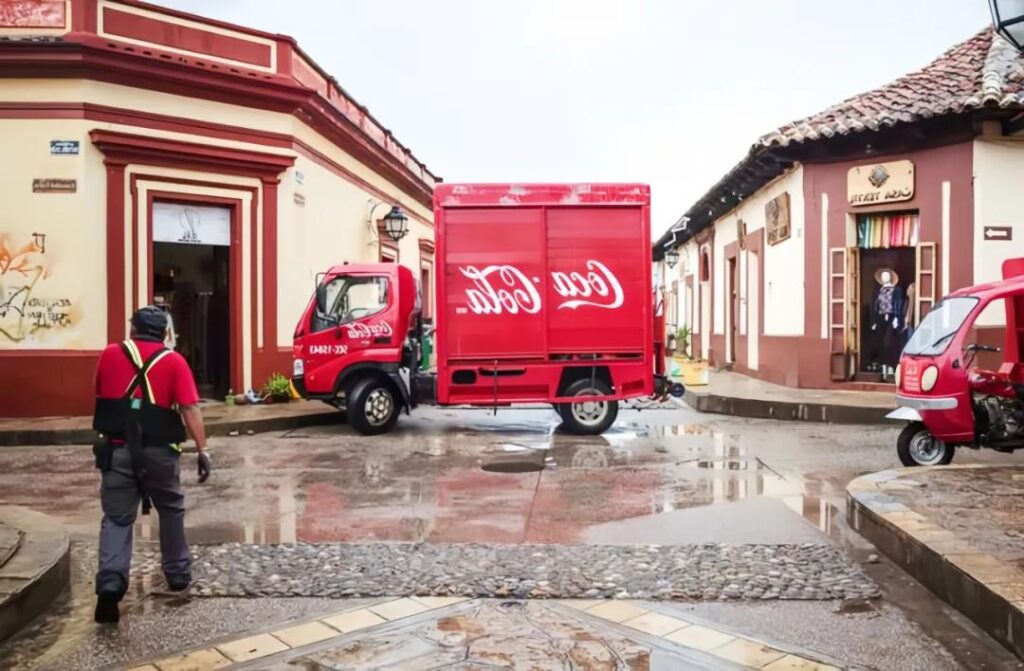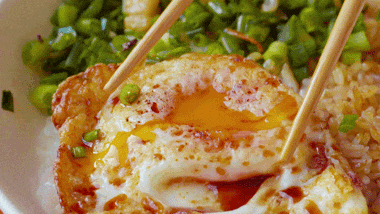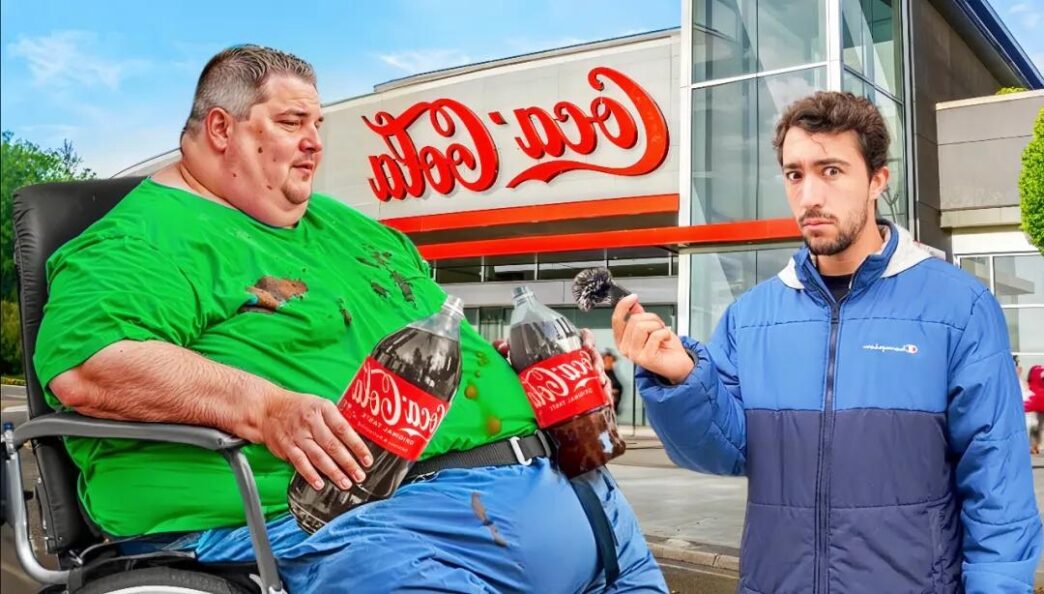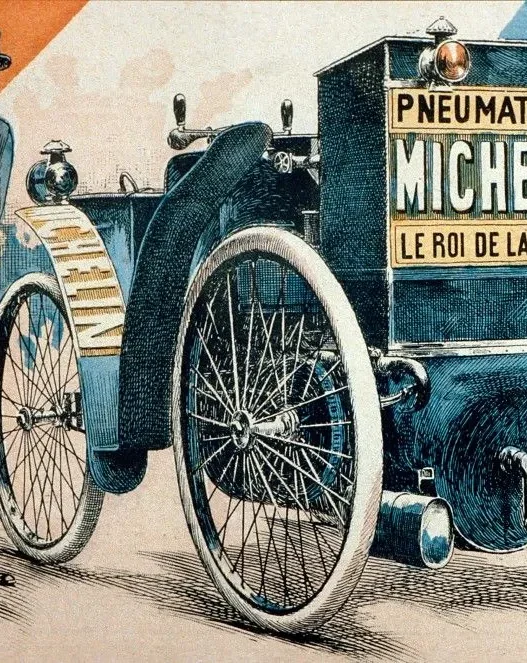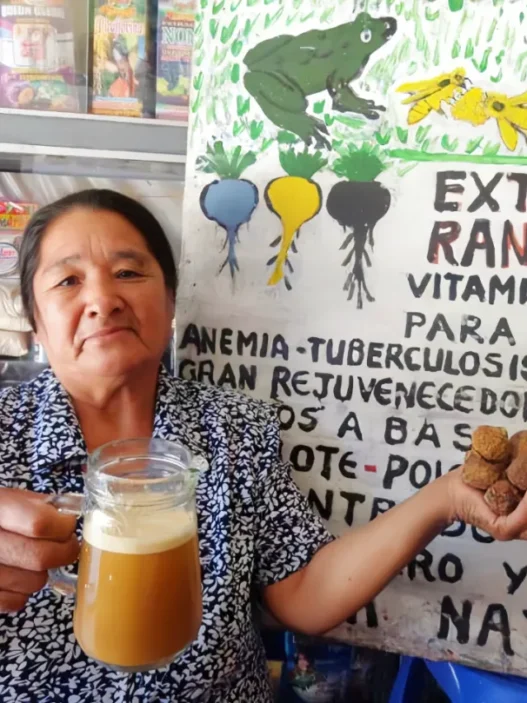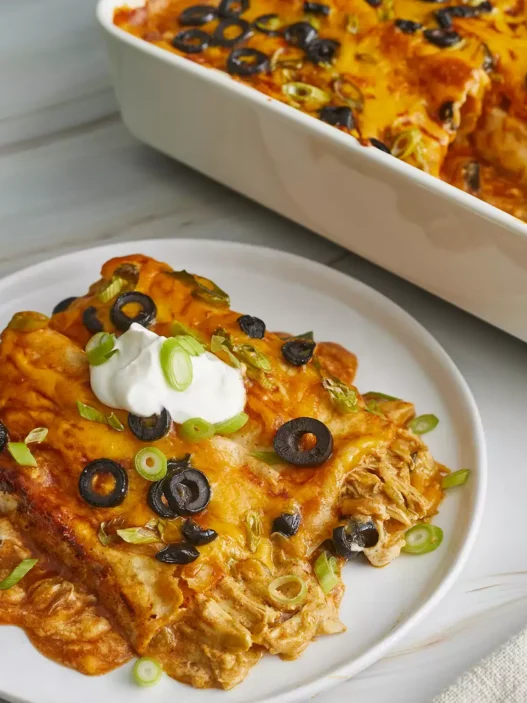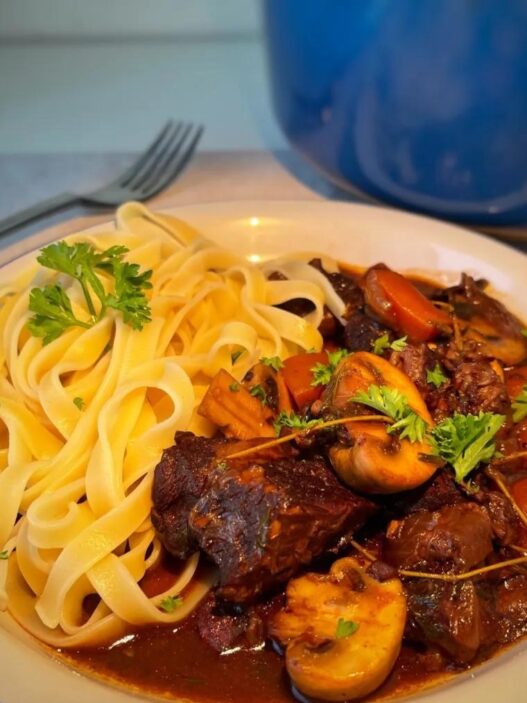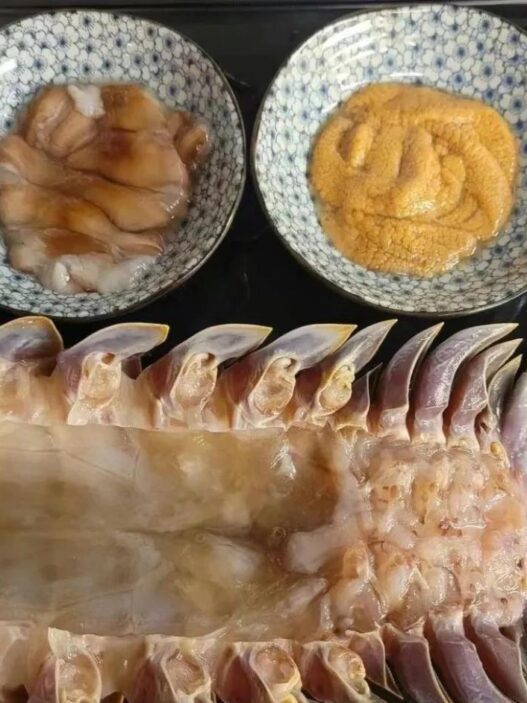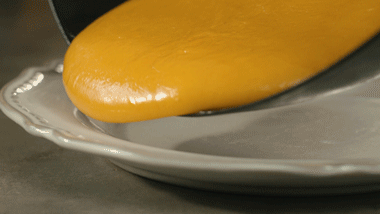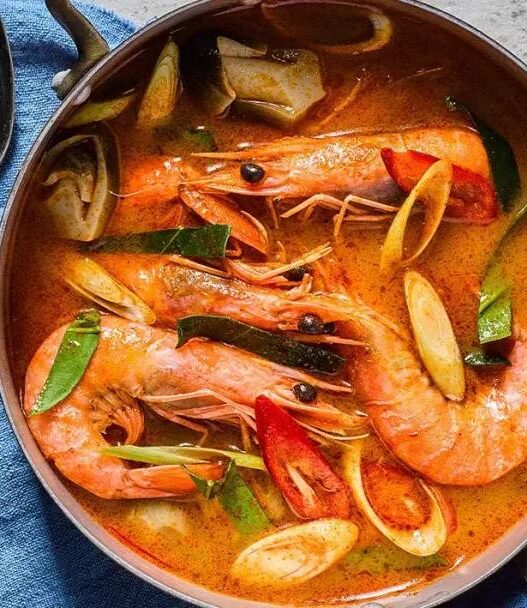Coke Culture: The Rise of Soda as a Staple
In the southern Mexican state of Chiapas, a town known as “Coke Town” is infamous for its unusual drinking habits. Residents here consume Coca-Cola far more frequently than water. From breakfast to dinner, a bottle of Coke is a fixture at virtually every meal. The price of a Coca-Cola is often less than that of bottled water, making it the most accessible beverage.
Coke is deeply embedded in the town’s lifestyle, playing a key role in family gatherings, religious ceremonies, and even funerals. On average, each resident consumes at least two liters of Coke daily. This beverage is not just a sweet treat but has become an essential part of their daily routine.
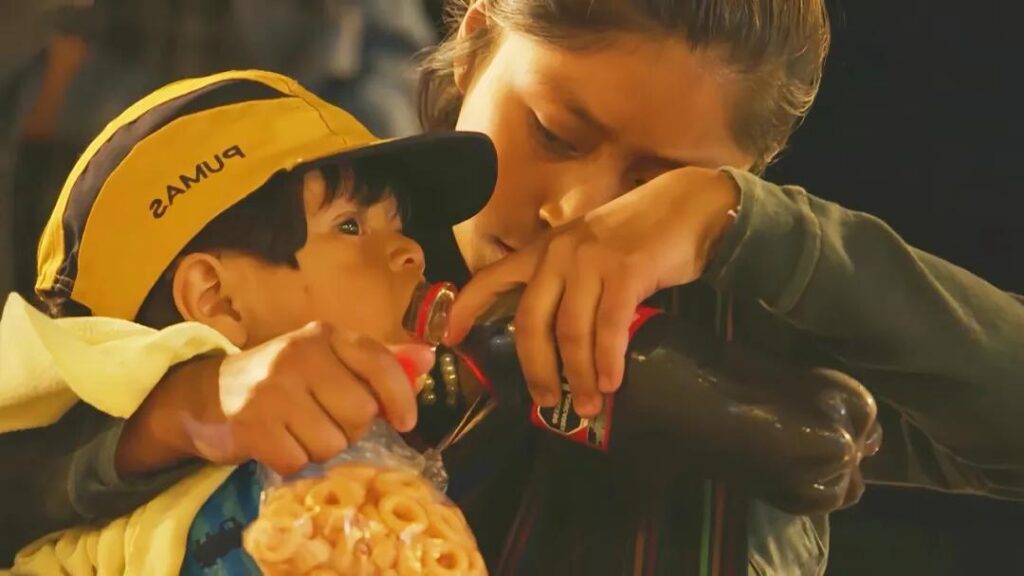
A Deadly Cost: Diabetes as a Primary Killer
However, this strong dependence on Coke has serious consequences. According to the Mexican Ministry of Health, over 100,000 Mexicans die every year from complications linked to diabetes, far exceeding the number of deaths caused by violence. “Coke Town” is at the forefront of this health crisis.
It is reported that more than 50% of adults in this town suffer from diabetes or related metabolic diseases. Despite this, the consumption of Coke remains rampant. A local resident named Saquima disclosed that his family has a history of diabetes spanning three generations, with his father and brother dying from the condition. Yet, each member of his family drinks Coke every day. He himself, suffering from the same illness, drinks at least three bottles daily to alleviate fatigue.
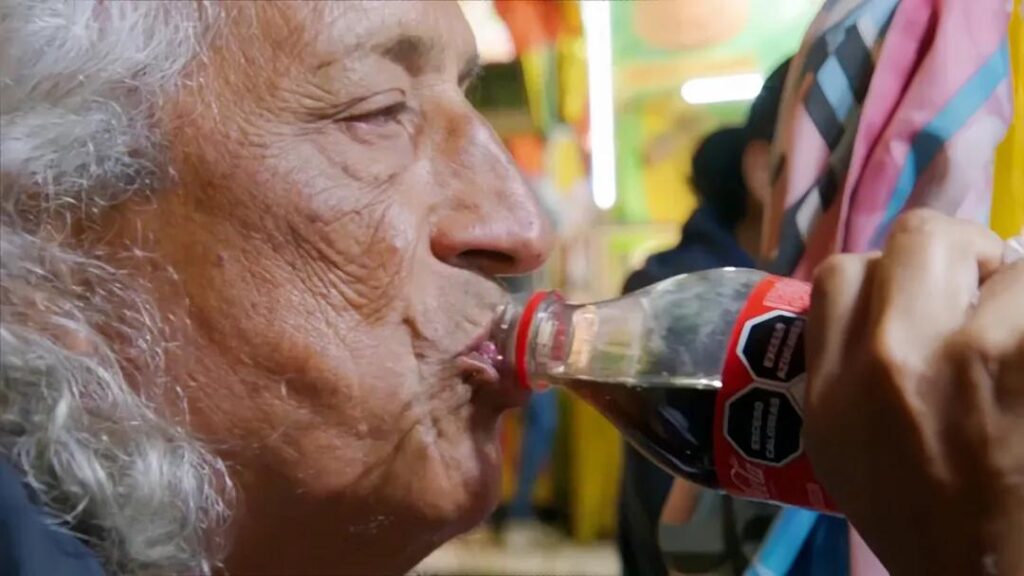
Mystical Coke Rituals: Sacred Beyond a Drink
In addition to its consumption as a beverage, Coca-Cola is also intricately linked to local religious rituals. In this town, a shaman named Marshaji is a central figure. She conducts religious ceremonies weekly, where she uses Coke as a tool for purification. Marshaji believes that Coke has the power to cast out evil spirits and cleanse souls. During her exorcism ceremonies, believers rinse their mouths with or directly drink Coke, seeking spiritual peace and healing.
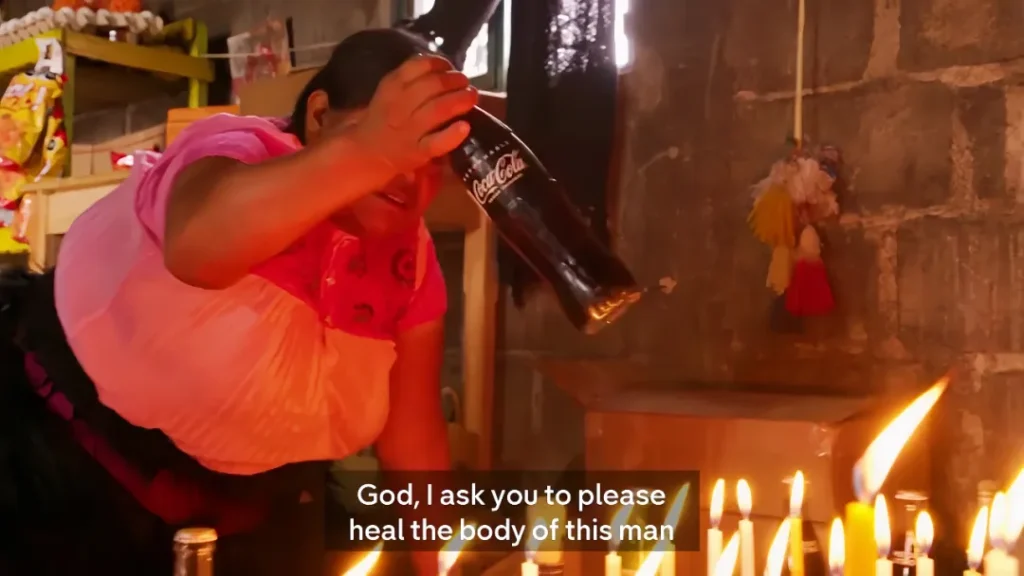
Those who participate in these rituals are often town residents with diabetes, who believe that their ailments stem from spiritual disturbances, rather than dietary choices. Each year, hundreds of bottles of Coke are used in these ceremonies as symbols of good fortune and healing.
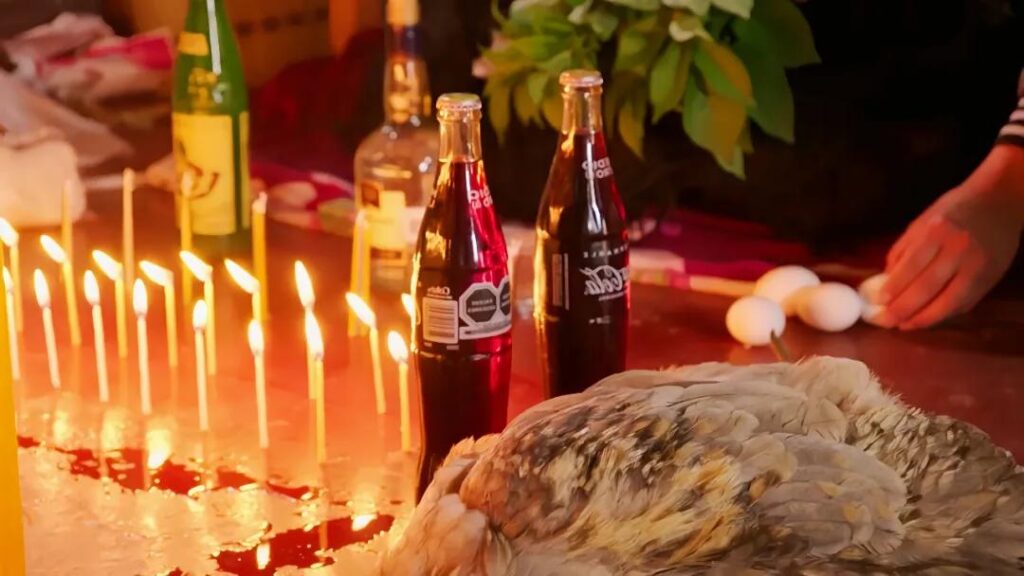
Water Scarcity: The Reason Coke is Cheaper than Water
The popularity of Coke in this town is linked to more profound economic and resource issues. Mexico is among the countries in the world with the most severe shortages of drinking water, especially the state of Chiapas, where fresh water is severely limited. The local tap water system is unreliable, and residents often have no option but to rely on bottled water.
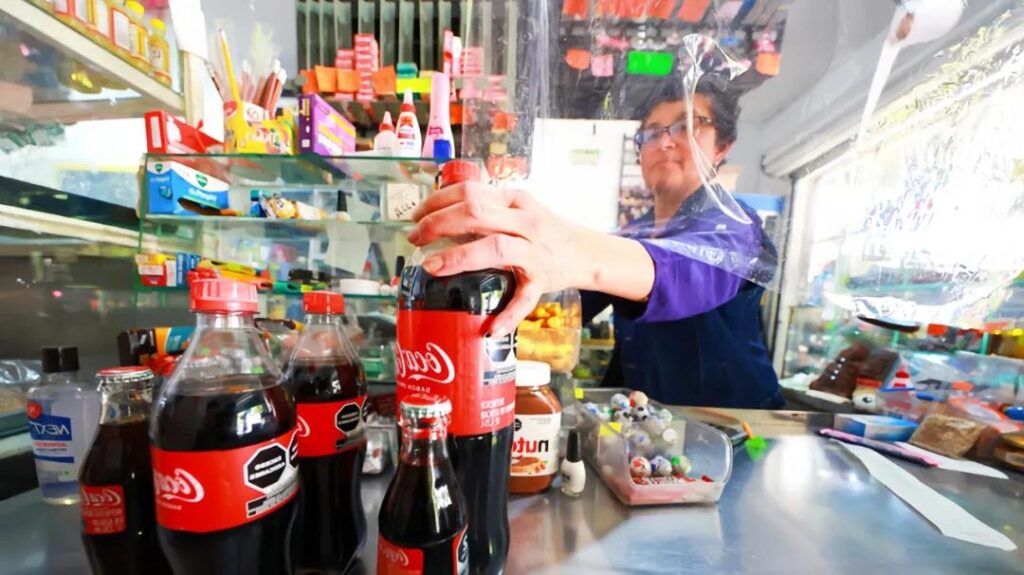
However, Coca-Cola operates a large factory locally, using the best water sources and securing agreements with the government that make Coke cheaper than water. This monopoly has resulted in residents forgoing expensive bottled water and choosing Coke as their primary source of hydration. In some families, children are raised drinking Coke instead of water, and some babies are given Coke directly after weaning.
Local doctors have issued strong warnings, but altering dietary practices has proven difficult.
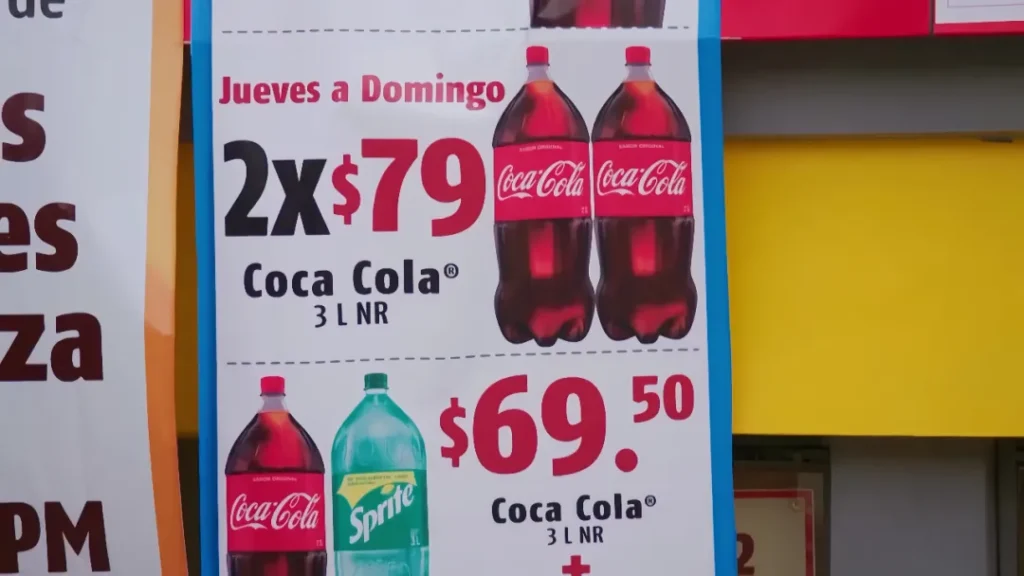
Sugar-Free Coke? A Market Failure!
In response to this dietary crisis, Coca-Cola attempted to introduce sugar-free versions of their popular beverage to lessen the impact of diabetes in the region. However, residents did not respond well to this initiative.
For them, the original high-sugar Coke is the only version that offers true “satisfaction.” Some young people even call drinking sugar-free Coke “a soulless act.” They prefer to continue consuming the high-sugar option, rather than change their love for Coke.
Despite the Mexican government’s 2014 introduction of a sugar tax, aiming to reduce consumption by increasing the price of Coke, the policy has been mostly ineffective in this town. Coke has turned into a cultural symbol that extends far beyond its function as a mere beverage.
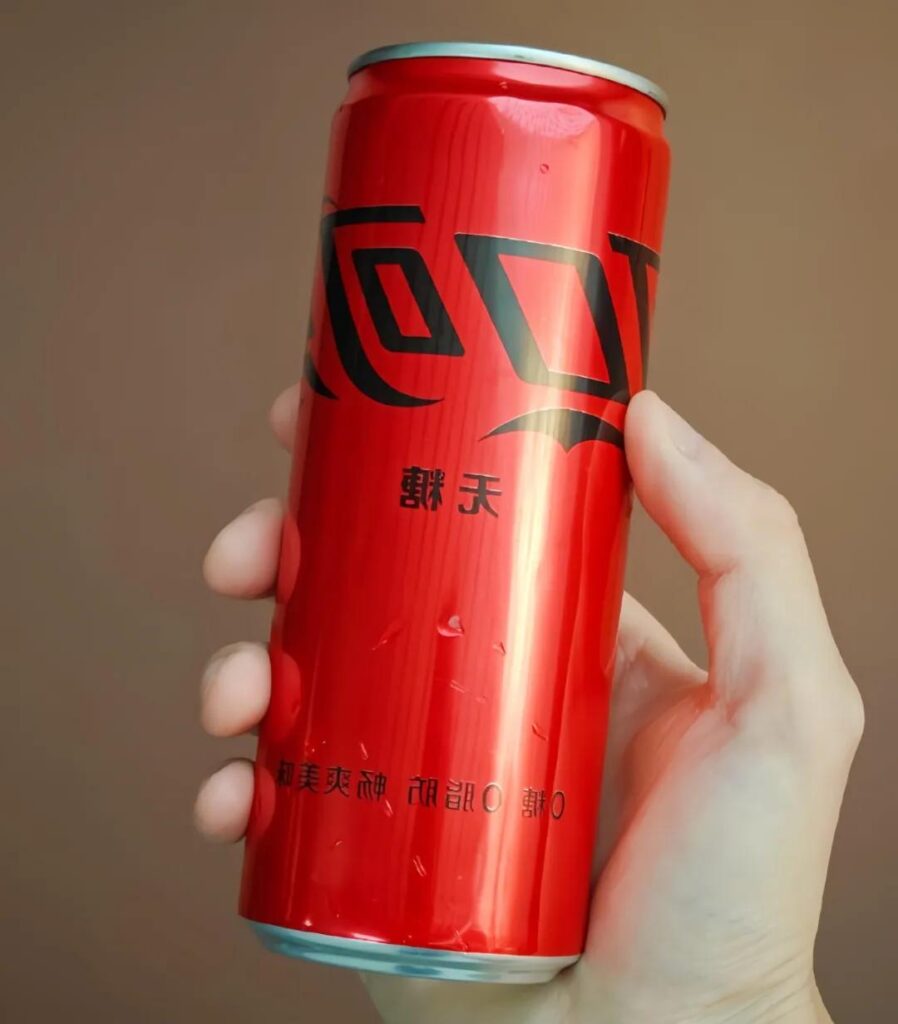
Social and Health Challenges: Breaking the Cycle
The Mexican government is faced with the daunting task of how to address this dependency on Coke. On one hand, the diabetes crisis is intensifying, with healthcare resources increasingly used to treat diabetes-related ailments. On the other hand, Coke has become deeply embedded in local economics and culture.
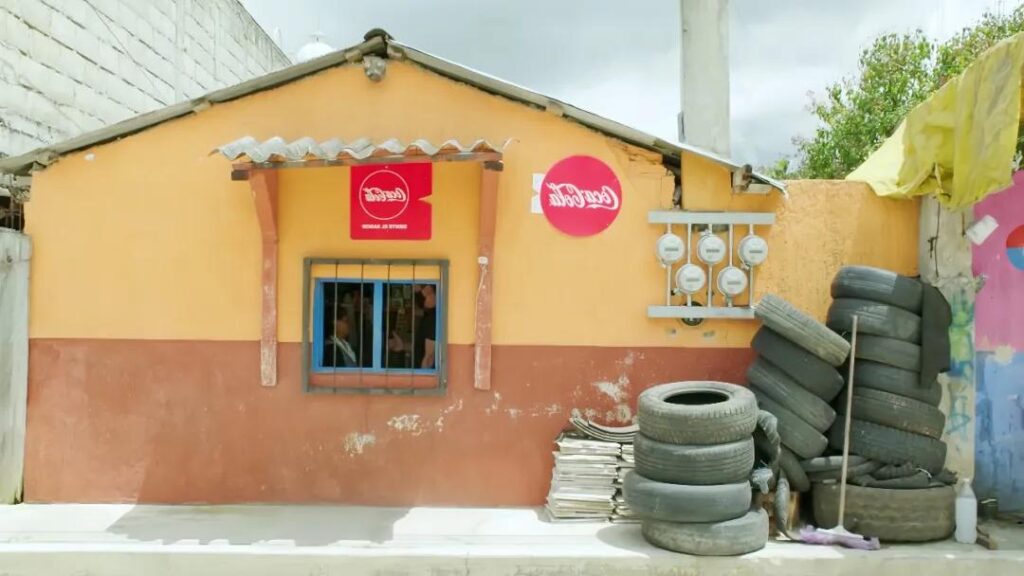
Experts suggest that resolving the lack of water resources is a crucial step in ending Coke’s monopoly. If tap water becomes more accessible and affordable, perhaps residents will start to reduce their consumption of Coke. Additionally, education is viewed as a long-term solution. Schools and communities must emphasize education about healthy eating, particularly for younger generations, to highlight the dangers of overconsuming sugary drinks.
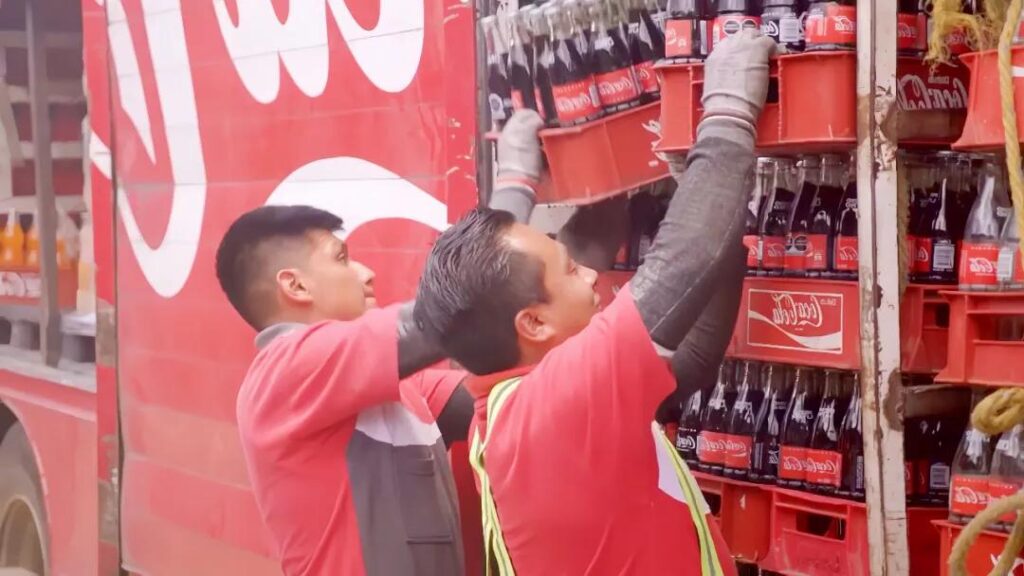
The Future of “Coke Town”
“Coke Town” in Mexico is more than just a unique beverage culture; it is a complex reflection of social and health issues. In this town, diabetes is deeply intertwined with culture, economics, and religion, creating a difficult-to-break cycle.
The challenge lies in how to reduce the reliance on Coke and encourage a shift toward healthier lifestyles. The story of “Coke Town” is a profound reminder of global dietary culture and the critical need for addressing health crises. Perhaps one day, water will replace Coke as the preferred beverage in this town.
